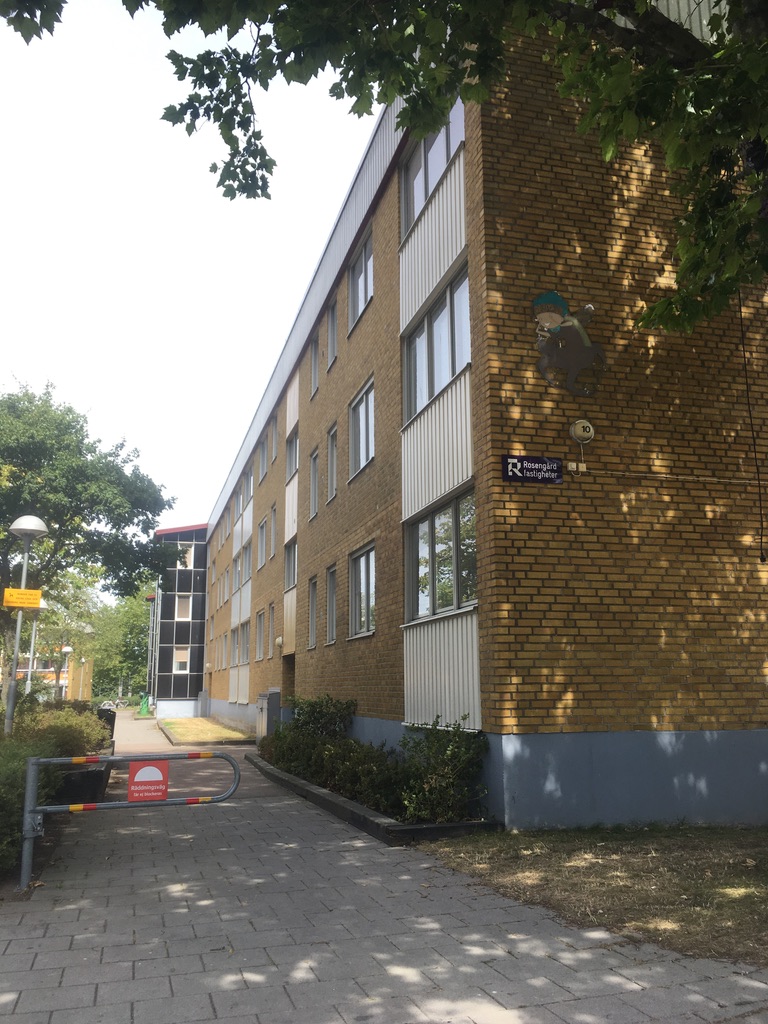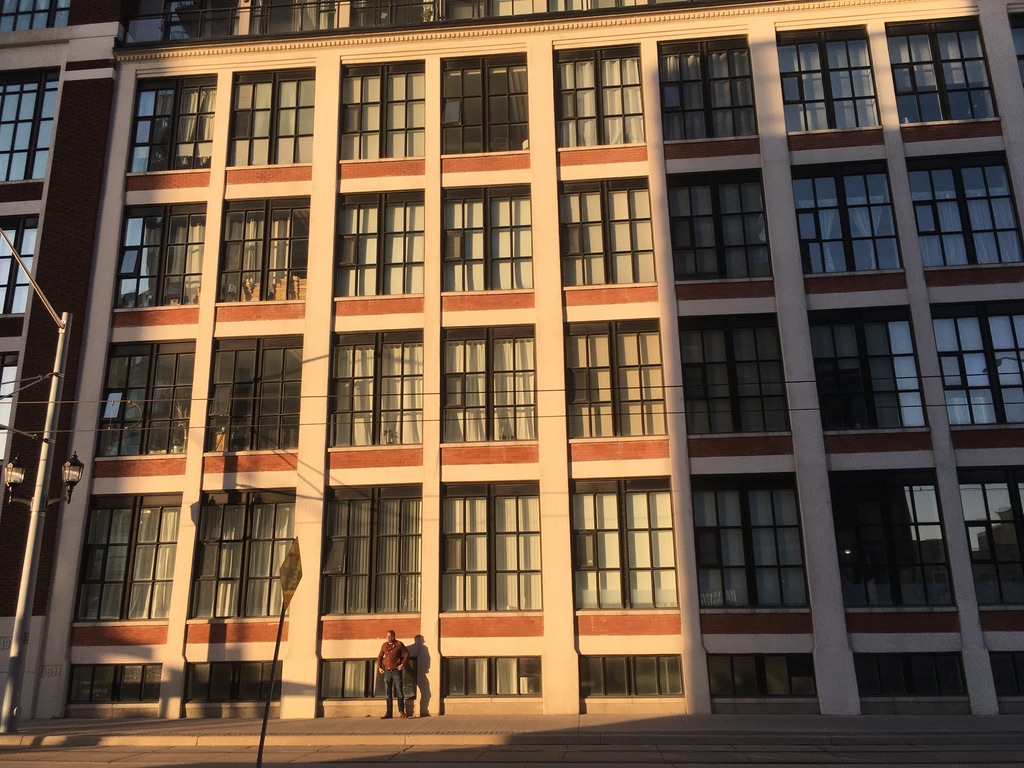In August and September, I was finally able to make good a promise to travel to Malmö, Sweden to conduct interviews with my colleague Lina Olsson at the University of Malmö. We had decided back in 2019 to study how neighbourhoods were changing after new rail-based infrastructure was built, comparing Malmö with Kitchener, which along with Waterloo are Canada’s only mid-sized cities with rail-based transit. With a grant from the Swedish Knowledge Centre for Public Transport (Nationellt kunstapcentrum för kollektivtraffik, or K2), we were able to interview planners, developers, and real estate agents in both Malmö and Kitchener online in 2020. But we were missing a crucial input from local residents and business owners, who would be at ground zero for any changes in the communities.
This trip was quite eye-opening, resulting in interviews with many residents who live in Rosengård, a neighbourhood close to the city center where a new rail station had opened in 2019 (photo above). Business owners in this area, in a regional mall and in a small plaza more centrally located in the neighbourhood, spoke about their experiences living and travelling as part of their daily lives. Far from the isolated community the planners and developers described, we were interested to hear how mobile residents are, either by local bus, bike, or car, and how little the neighbourhood had changed (pic below, a former public housing building now managed by private developer Rosengård fastigeter).
In early October I travelled back to Canada to visit Kitchener and Waterloo. I conducted interviews with residents and business owners/staff in downtown Kitchener, and heard with dismay about some of the changes they’ve seen: displacement, rapidly rising rents, and increased homelessness including two homeless camps. While the Ion LRT from Kitchener to Waterloo is completed, and downtown is still waiting for its new combined rail/GO transit station, the downtown looks like it’s been devastated…except for the new train (pic below, the renovated Kaufmann Lofts near King and Victoria, where Google’s campus is located and the new inter-modal station will be).
 We analyzed our results and submitted an article this month, focusing on the aspect of equity in planning for public transit. I’ll be sure to link here in the future.
We analyzed our results and submitted an article this month, focusing on the aspect of equity in planning for public transit. I’ll be sure to link here in the future.
